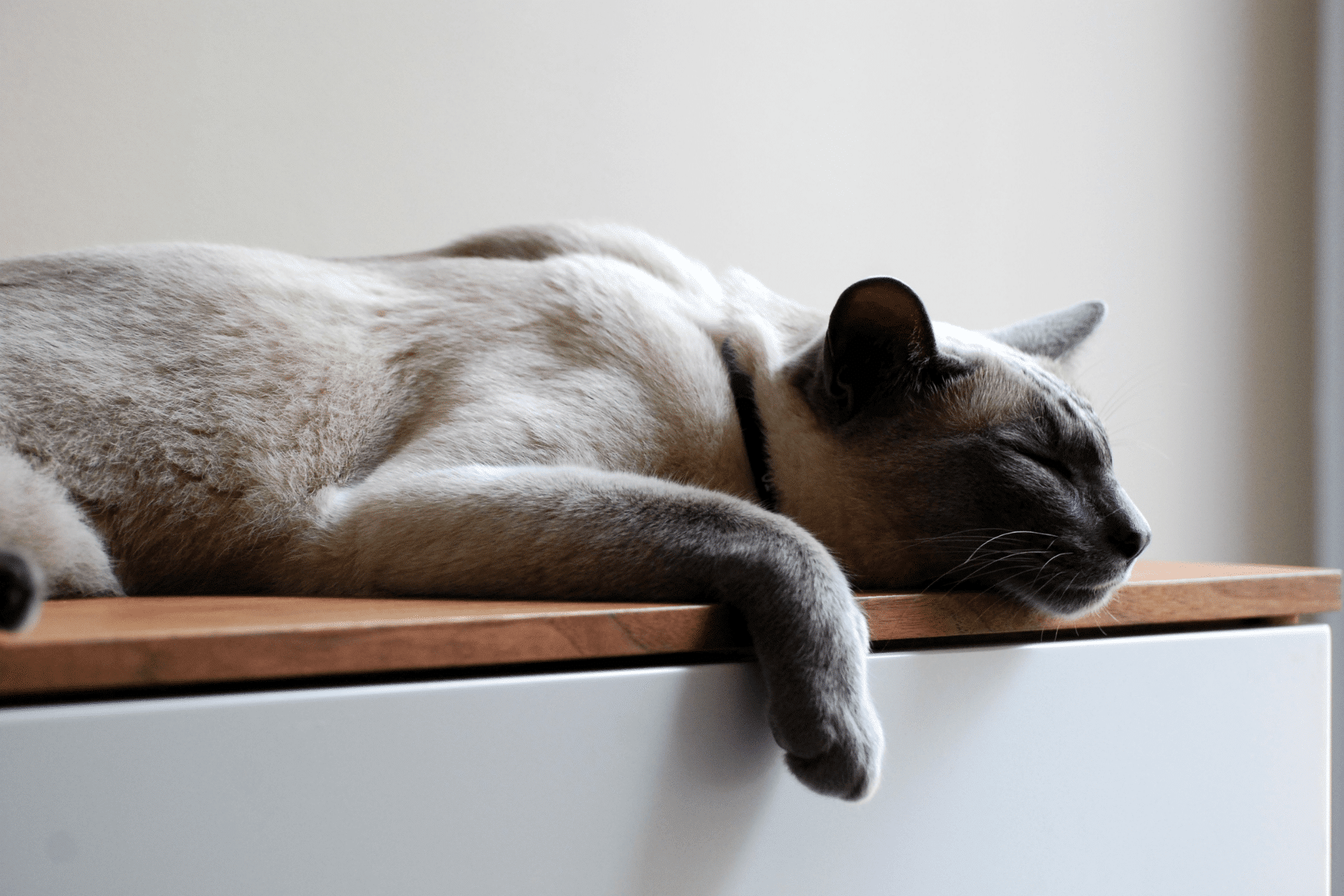
All cats love to scratch. They can’t help it because it’s in their behavior DNA. Your cat needs to scratch surfaces as much as it needs to eat, groom or use the bathroom. The only problem is if the cat makes some of our precious furniture their favorite scratching spots. Such behavior could get to your nerves, and you could respond irrationally. But we are here to help. Here is what you can do to keep your kitty from scratching furniture. But first, it is essential to understand why cats love to scratch.
As mentioned in the opener, scratching for cats comes as naturally as the urge to eat, groom or use the bathroom. In their pre-domesticated state, a cat would scratch on surfaces for various survival reasons like the following:
So, as you can see, the reasons your cat loves to scratch have nothing to do with revenge or malice. It’s all about survival. Scratching stuff at home means that your cat feels so comfortable with you. That’s her way of showing she likes the environment and wants to make it part of her life. That said, how do you keep your cat from messing up your precious furniture?
Now that you understand the psychology behind cat scratching, you can focus on constructive ways to handle the behavior. The solution is to redirect the urge to scratch to more appropriate surfaces and discourage scratching on furniture. For kittens, the urge to scratch sets in at about 7-8 weeks old. If that’s your kitty, read the following steps carefully because you have an excellent opportunity to guide and foster appropriate scratching behavior. If you have a grown cat, don’t worry. The steps will still apply, only that you need to be more patient and consistent.
Is the cat spayed or neutered? Hormones and the desire to reproduce can be powerful motivators. The cat will scratch to mark territory or to alert a potential mate of her presence. So make an appointment at the vet clinic if your cat is not spayed or neutered.
Cats love to scratch. But certain areas are irresistible. Tree bark, corrugated cardboard, and sisal ropes are some of the top picks. But they also like those forbidden surfaces like leather, wool, and fabric of all types. Do not wait until you see scratch marks on your favorite customized leather sofa. Provide appropriate cat scratching surfaces. Before the cat moves in, make sure you have a couple of scratching posts and corrugated cardboards. Talk to a cat behavior specialist to advise you on which scratching items would suit your kitty based on her age and temperament.
The cat behavior specialist could also advise you on where to place the permitted scratching surfaces. One of the most common approaches is placing a scratching post next to where the cat loves to scratch the most. Often, this is a spot where you also like to lounge. And although you may not like it when your cat scratches in your living room, don’t worry. You can gradually move it away to a preferred location. Also, place scratching posts at the entrance points (next to the doors). Place another at the cat’s play area and also next to the bed. The scratching post at the entrance helps to quench the desire to “mark territory.” One at the play area can keep claws sharp. While scratching posts near the bed help stretch after a nap.
Placing the scratching posts at strategic spots in the house is half the work. The other half is, getting your cat to like them and prefer them to your furniture. Make the appropriate scratching areas attractive, and turn the furniture, walls, and any other fabric like upholstery, carpets, and draping unattractive. How do you do that? Place hanging toys on the scratching posts. The cat will look forward to playing at the new favorite scratching spot. You can also spread some catnip near the new scratching spot. Siamese cats find catnip irresistible and would give up the furniture for an alternative that comes with catnip. But to make sure the cat doesn’t get second thoughts about where she can scratch, do the following to make the furniture undesirable:
Some cat owners suggest punishing, startling, or spraying the cat with some water if caught in the act of scratching. We differ with these suggestions because any punishment would make the cat fear you. Besides, if it is a Siamese cat, water spray may translate to playtime (a reward), and it wouldn’t deter scratching on surfaces. Rather than punish, spend more quality time with your cat. Provide mentally stimulating toys and have fun away from the furniture.
Another extreme measure often taken by ill-advised cat owners is declawing. The term is a misnomer because (in our view) it does not correctly represent what cat declawing entails. Cat declawing is a surgical procedure for removing the last digit in each of your cat’s toes. Once removed, the claws would never grow again. From our perspective, it is not declawing but amputation. The procedure for declawing does not take much time. But the recovery is long and painful to the cat. The cat also has to adapt to the dismembered limbs both mentally and physically. Climbing is strenuous, and playing with toys would never be the same. In some cases, declawing can cause behavioral problems. We suggest not to declaw.
For cats, scratching is instinct. They do it for survival and because they love you and your home. Besides, they need to scratch to stay healthy and fit. We understand the frustration you feel when you find your favorite furniture full of scratch marks. But rather than stop the cat from scratching, redirect the behavior to more appropriate surfaces. As you have read, there are plenty of alternatives that your cat would enjoy. Place them strategically, and make them irresistible for the cat. In the long run, your kitty will know where to scratch.